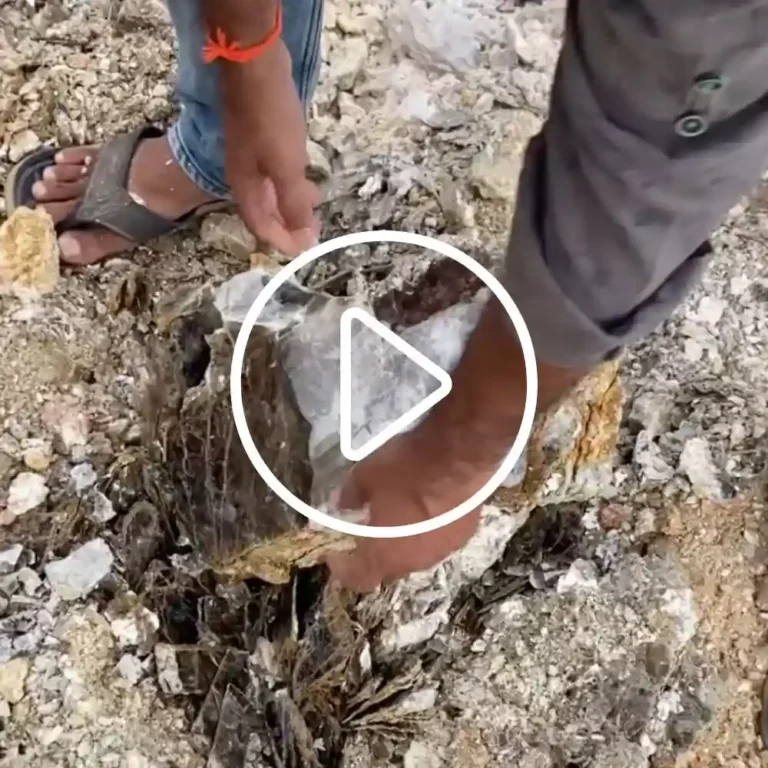MICA MINERAL
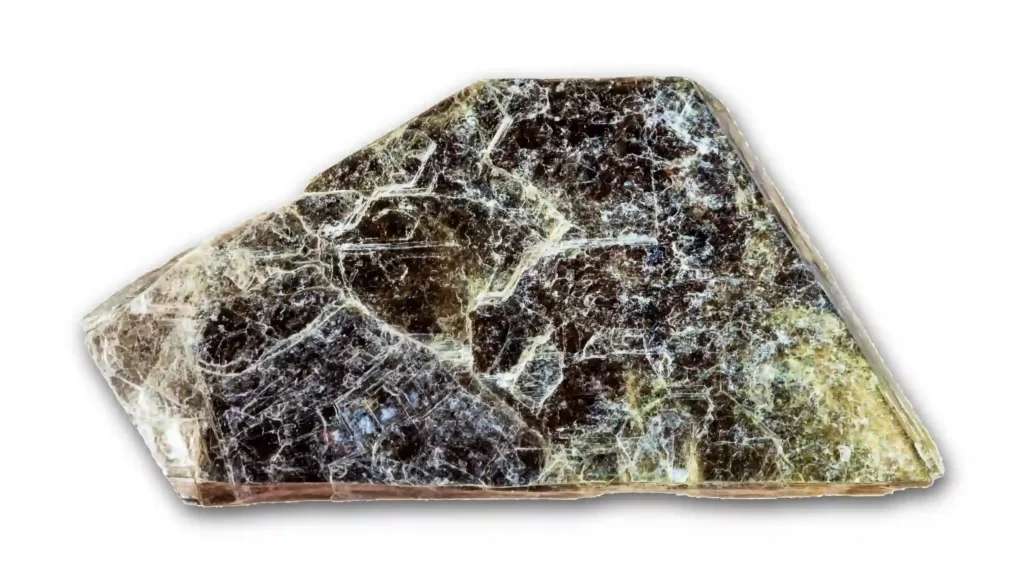
Powerful mixture of Chemical, Physical, Electrical, Thermal and Mechanical Properties.
Mica sheets are additionally transparent to nontransparent, durable, reflective, refractive, dielectric, chemically inert, protecting, light-weight, and also hydrophilic. Buy Mica Flakes, Mica Blocks, Mica Scrap, Crude mica, Natural Mica Mineral – Muscovite, Biotite etc.
From $270 per Ton

What is Mica?
Micas are a widespread group of 34 silicates in igneous, metamorphic, and sedimentary rocks. The single crystals of micas are characterized by a perfect cleavage and a wide variety of colors, from white, yellow, and brown to black. Its name derives from the unique property, a shiny luster like silver or gold. In Latin, ‘micare’ means “shimmer”, and Mica is the particle, so Mica refers to the glittering grains.
The color of Mica is given by the mineral’s percentage of aluminum and iron. The variety of muscovite is Mica with a high aluminum content and appears transparent to white, biotite appears dark brown or black, and the golden-glittering color often seen on rock samples is due to weathering.
Sericite, from the Greek series, meaning silky, is a variety of muscovite and forms so tiny crystals that the rock appears almost made up of layers of velvet.
Chemical Composition: Muscovite is a potassium-rich mica with the following generalized composition: KAl2(AlSi3O10)(OH)2
Table of Contents
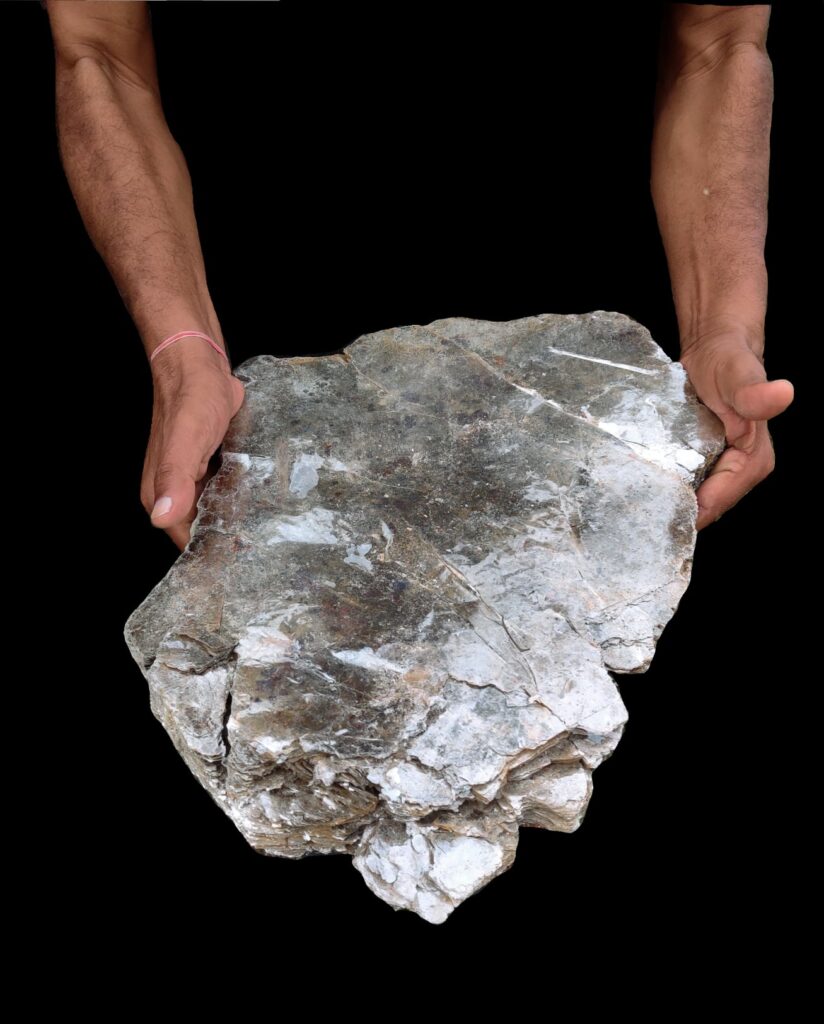
Know more about mica - Watch Video Now

MICA POWDER
The
Shine & Glitter
of
Cosmetic Industry



Chemical Composition of Mica
KAl2(AlSi3O10)(OH)2 In this formula, potassium is sometimes replaced by other ions with a single positive charge, such as sodium, rubidium, or cesium. Aluminum is sometimes replaced by magnesium, iron, chromium, or vanadium.
Chemical Analysis Report:
- Silica (SiO2) – 45.57%
- Alumina (Al2O3) – 33.10%
- Potassium Oxide (K2O) – 9.87%
- Ferric Oxide (Fe2O3) – 2.48%
- Sodium Oxide (Na2O) – 0.62%
- Titanium Oxide (TiO2) – Traces
- Calcium Oxide (CaO) – 0.21%
- Magnesia (MgO) – 0.38%
- Moisture at 100°C – 0.25%
- Phosphorus (P) – 0.03%
- Sulphur (S) – 0.01%
- Graphite Carbon (C) – 0.44%
- Loss on Ignition (H2O) – 2.74%
Stark Mineral's Mica Products
Mica Flakes

Mica Scrap is ground into various sizes ranging from 2 Mesh to 30 Mesh and is known as Mica Flakes. Mica Flakes are used in pearlescent pigments, paints, etc.
There are three grades of MICA FLAKES which are typically used for specific purposes:
Coarse mica flakes
are used to manufacture pearlescent pigments (pearl luster pigments), consisting of natural mica flakes coated with titanium dioxide and iron oxide. It is also used to manufacture Wet Ground Mica Powder and Mica Paper. This is available in three grades, i.e., A, B, and C
MEDIUM MICA FLAKES:
It is effectively used in water-based oil well drilling operations as a mud additive chemical to prevent loss of circulation and seepage in loose formations
Fine mica flakes
are suitable when a sealing agent needs to be small enough to pass through a shaker screen without interfering with the operations—widely used in manufacturing gypsum board, calcium silicate board, and concrete block filler. High-quality white Mica Flakes are used for bright and artificial snow impressions, refractory bricks, asphalt roofing felts, metals explosives and disinfectants, etc.
Applications of Muscovite Mica Flakes:
» Pearlescent Pigments
Pearlescent pigments are produced synthetically by coating minuscule mica platelets. They have low iron content and are tested at 900° C. They have a high refractive index (greater than 2.5) and suitable chemical, mechanical and thermal stability. Mica Flakes have a high gloss platelet surface, Minimum Diffusion, Maximum light transmission, and reflectance.
» Oil-well Drillings
Muscovite Mica Flakes is widely used in mud additive in water or oil-based drilling operations as a preventive measure against circulation loss and to overcome mild or severe circulation losses. They are specially added to the mud chemical to seal off the lost circulation zones. Mica facilitates the overlapping of particles to form a layer or wall and acts as a sealant that bridges the opening. The use of Mica enhances the quick sealing of porous formations.
Mica Powder
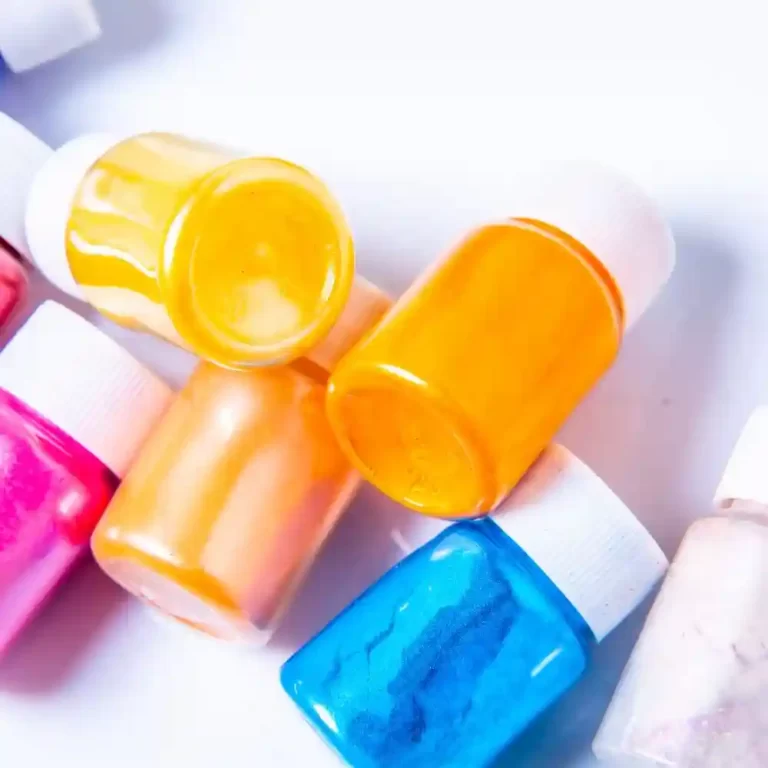
Mica is a natural mineral with shiny Flakes. When it is ground, Mica Powder is produced. Mica Powders are sparkly, like excellent glitter. They are used to give a metallic or shimmery effect.
Muscovite dry ground Mica is extensively used in mild steel rutile-based welding electrodes. In welding electrodes, a steel wire core is coated uniformly with a “flux” comprising Mica as a lagging compound. The mica coating provides two distinct types of protection to the welding rods. Firstly, it serves in forming a fusible slag and a good seal at the fusion zone on the arc. Secondly, it resists the action of the heat, gaseous, and other surrounding atmospheric oxidization. Nothing can substitute Mica for the above application. The nature of mica coating largely determines the quality of welding electrodes.
Micronized Mica is used as a pigment extender in various paints and coatings. Micronized mica is a rigid, flexible, and transparent mineral that can be ground to less than a micron sieve mesh. Mica brightens the colored pigments’ tone while simultaneously transmitting and reflecting light, resulting in proven decorative effects and design. It increases the gloss of paint more effectively than spherical or irregularly shaped filler particles of an equivalent size product. Mica also optimizes the effect of other pigments by ensuring that the pigment particles are evenly spaced in the dried paint film. Mica is an inert material and thus resists the actions of light, heat, temperature, electricity, water, acids, and alkalis, as well as reduces hydrolytic and electric action within the paint film. Mica also imparts resistance to penetration of destructive sun-rays, moisture, and atmospheric gases and decreases blistering and staining from the subtracts.
Mica Block
Mica blocks are generally mica sheets that are scissor or knife-dressed. The sheets, which have 0.18 mm thickness and are irregular-shaped, are called mica blocks. Stark Mineral group are among the expert, trusted mica blocks suppliers of the industry who have provided supreme quality for the mica and mica products for many years. Before exporting mica blocks, we go through quality and size grading. Contact us if you are looking for mica block exporters in Andhra Pradesh and Rajasthan, India. Mica Blocks are obtained in sizes as large as 30 to 35 cm. sq. (12 to 14 Inches sq.) beyond, which is rare and expensive. It is available in sheets with an average thickness between 0.18 – 0.75mm (0.007 – 0.030 Inch). Block Mica can be supplied in natural (random) and calibrated thickness per the customer’s demand.
Our Natural Mica Blocks are derived naturally from Mica Rock to assure reliability. The wide range of mica blocks is generally used in applications where high heat stability and electrical properties are needed. Their excellent chemical stability, high dielectric strength, and impeccable quality are some of the crucial features of our mica blocks.
Crude Ruby Blocks are the raw form of Mica Blocks. They are offered with their edges cut to give a smoother look, and a thin layer is picked from both faces. The popularity of Crude Ruby Blocks is due to their high grade, making them useful for different applications. Specialties are Low water absorption and good lubricating properties. They are processed as per international standards. Available in customized shapes and sizes. They were demanded by the Automobile industry, Chemical industry, Electrical industry, Electronic industry, Paint industry Plastic industry.
Mica Scrap

Mica that is recovered by an average area between 12 to 50 mm sq. (1/2-to-2-inch sq.) of a crude mica after screening using hammer crushing is defined as Mica Scrap. Mica Scrap is free from mineral and non-mineral impurities generally used to make tapes, sheets and rolls.
PEARLESCENT PIGMENTS


Stark Mineral Group is the Manufacturer of Muscovite Mica Flakes for Pearlescent Pigments. Pearlescent pigments are produced synthetically by coating minuscule mica platelets. They have low iron content and are tested at 850° C. They have a high refractive index and suitable chemical, mechanical and thermal stability. Stark Mineral Group Mica Flakes have a high gloss platelet surface, Minimum Diffusion, Maximum light transmission, and reflectance.
Mica Rolls



Phlogopite mica roll is a result of a specially pressed mica product made of phlogopite mica paper and silicon resin. The thickness ranges from 0.2mm to 0.8mm, the breakdown voltage is above 10 kV/mm, tensile strength is above 160 N/15mm, and temperature resistance is above 800°C.
Properties:
• high thermal resistance – good fire resistance
• non-flammable does not contain asbestos, does not produce toxic gases
• excellent resistance to electrical breakdown and corona discharge
• excellent tensile strength, anti-shock.
Factors determining the properties of mica rolls:
• kind of mica paper,
• type and amount of binder used (resin),
• type of applied substrate (fiberglass, ceramic, plastic film)
• the number of substrate layers.
Mica tapes


Mica tape is made of mica paper (natural phlogopite, calcined muscovite, or synthetic Mica) glued with a special resin to glass fiber or polyethylene substrate. Resins are most commonly used to bond mica paper to the substrate epoxy or silicone. For this reason, they are also called micanite tapes.
The tape is produced with a thickness of 0.08 mm to 0.15 mm and widths depending on the customer’s needs (in the range of 4.5 mm to 1 000 mm).
There are the following types of mica tapes:
• based on phlogopite, resistance up to 840°C
• based on calcined muscovite, resistance up to 900°C
• based on synthetic Mica, resistance up to 1000°C
The thicker tapes, i.e., with a thickness of 0.2 mm to 0.8 mm, called mica rolls, are produced in a standard width of 1 000 mm and lengths from 20 m to 50 m. They are made using phlogopite mica paper and thus can operate at temperatures up to 800 °C. They are characterized by very high dielectric resistance. R-5461-P-Rx rolls are based on phlogopite mica paper reinforced by glass cloth or harmless ceramic fiber.
Mica Facts


#Mica is a mineral with shiny flakes. When it is ground, mica powder is produced. #Micapowders are sparkly, like excellent glitter. They are used to give a metallic or shimmery effect. They are of various colors.
Micas are distributed widely. It most commonly occurs in impure limestones that have undergone contact #metasomatism, a process through which rocks are changed chemically. Muscovite is common in metamorphic #gneisses, #schists, and #phyllites.
Mica powder is used in paints as a pigment extender. It is used to brighten the tone of colored pigments. Mica powder is also used for #thermalinsulation and electrical insulators in electronic equipment in the #electricalindustry.
If you aren’t familiar with natural Mica, it’s a mineral that is mined all over the world. It sheers easily along a single plane, making the flakes you might sometimes see as parts of rock deposits. It is also nearly transparent in thinner sheets. What’s impressive about this utterly natural substance is that it is nearly chemically inert and an excellent insulator against heat and electricity.
Before the semiconductor revolution, it was a critical part of vacuum tubes and other electronics. It’s still widespread in microwaves, toasters, hair dryers, and other consumer goods with heating elements exposed to high temperatures. Depending on the application and production method, it can have a working temperature of 400 C to over 1,000 C.
It’s a unique natural mineral that has been used for over 100 years and is an untapped material alternative for many applications. If you have a heating or electrical insulation need, consider Mica. It can be molded, shaped, and even pressed into plates (up to 4″ thick) to be machined. The uses seem nearly endless.
Wet Ground Mica
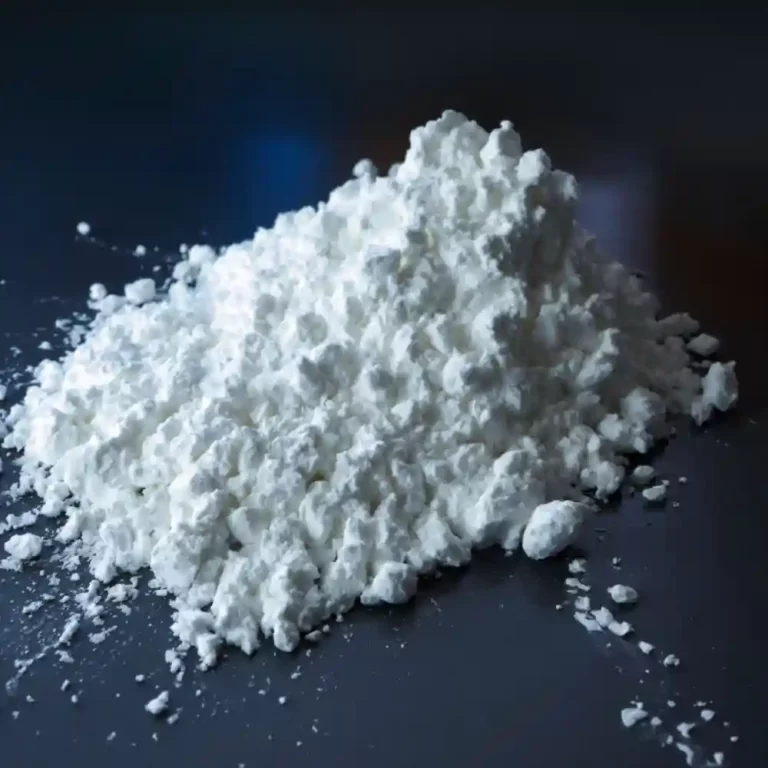

The Wet Ground Mica comprises excellent quality muscovite and water, using various technical procedures. Due to its surface smooth, pure, better chrome, and higher Aspect Ratio, the Genuine Wet Ground Mica is used in the below-mentioned application areas. Wet Ground Mica Powder is widely used in industries like rubber, plastic, paints, cosmetics, etc. The most significant feature of our range is that it acts as an anti-blocking and anti-sticking agent. This good product is available at industry-leading prices.
Applications of Wet Ground Mica:
» Paints & Coatings:
Wet Ground Mica is suitable for the manufacture of protective coatings used in paint and coatings to provide durability and help coatings resist cracking. It promotes wet adhesion, provides UV resistance, and reduces moisture vapor transmission (MVT). Wet-ground Mica, which retains the brilliancy of its cleavage faces, is used primarily in automotive industry paints.
» Cosmetics:
In the cosmetics industry, Wet Ground Mica’s reflective and refractive properties make it an essential ingredient in blushes, eye shadow, body and hair glitter, and nail polish. Due to its natural sheen and luster, it is the perfect choice for cosmetics and other beauty aids. It is very safe to use on sensitive skin. Mica is non-carcinogenic, non-toxic, and inert and can be used for human applications.
Phlogopite Mica


Phlogopite mica can be easily recognized by its distinct red-brown color. The word phlogopite comes from the Greek word phlogopite, which means “fire-like”, in allusion to its red-brown color. Phlogopite mica is more suitable than other types of Mica for separating the segments of a commutator because it wears more evenly and at about the same rate as the metal bars. Some of the highest grade phlogopite is found in Canada, within 150 kilometers of Ottawa, where large hexagonal crystals, none exceeding 30 centimeters in diameter, can be found.
Phlogopite is associated with bare igneous rocks, especially pyroxenites, which can often be found as veins/fissures in metamorphosed limestones and gneisses. However, these deposits form sporadically and therefore are challenging to mine economically. Phlogopite can be utilized at temperatures up to 1000 degrees Celsius. For cases where heat and wear might be a problem, phlogopite is always used.
Know Everything About Mica
Uses of Mica Mineral
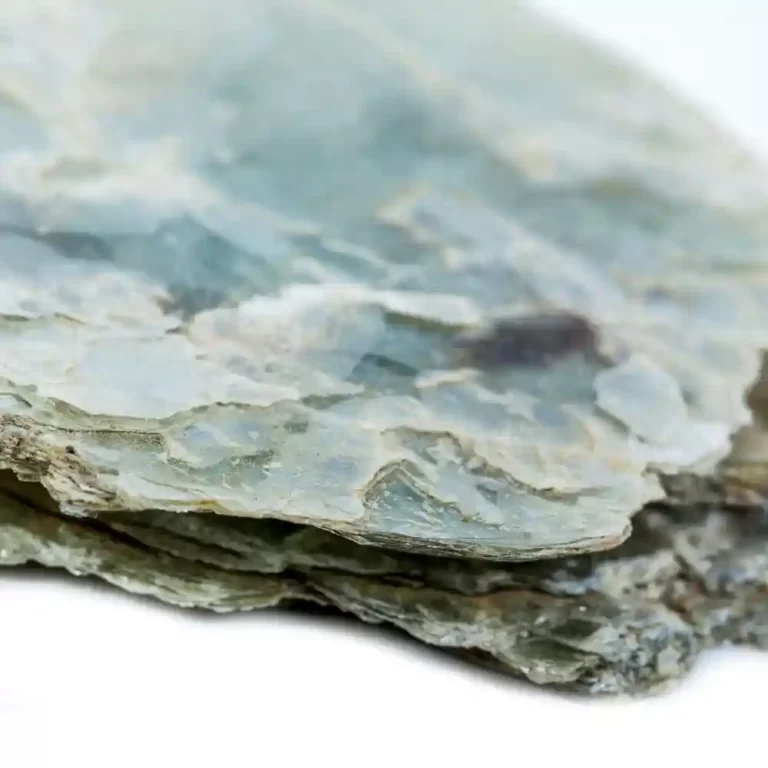

The unique properties of Mica are beneficial in various fields. Currently, Mica is used in almost everything, from the construction of buildings to Cosmetics. 37 Phyllosilicate Minerals of Mica group possess platy texture and are used in fields. Mica is used as a pigment extender. Mica disc is used in breathing apparatuses, communication devices, lenses, broadband waveplates, etc.
Not only do the eyeliners or lip gloss that women mostly use daily contain Mica, but many other cosmetics have Mica in them. Mica is used in medicines. Thin and transparent sheets of Mica are used in peepholes in lanterns, boilers, stoves, etc. Mica is used to make capacitors for calibration standards. It is used in transistors also. And many other things consist of Mica daily.
They are used chiefly as an insulating material in the manufacture of electrical apparatus. Many of the small parts used for electrical insulation are made of thin sheets of Mica cemented together. They may thus be pressed into shape before the cement hardens. They are used as a transparent material, isinglass, for stove doors, lanterns, etc. Scrap mica, or the waste material in the manufacture of sheet mica, is used in many ways, as in the manufacture of wallpapers to give them a shiny luster; as a lubricant when mixed with oils; as a non-conductor of heat; and as a fireproofing material.
Mica Application:
- Alloys
- Aluminium production
- Artificial snow
- Asphalt roofing felts and shingles
- Batteries
- Beauty products
- Ceiling tiles
- Christmas ornaments
- Commutators
- Concrete block fillers, refractory bricks, gypsum board
- Condenser Plates
- Used to produce the energy to make the camera flash work
- Explosives
- Foundry works, enamels, mastics, and adhesives
- Glass
- Guided missiles
- Heating elements
- Insulators
- Lasers
- Liquid level indicators
- Lubricants Medication – psychiatric disorders
- Microwave windows
- Oil well drilling
- Ornamental stone
- Paint, textured
- Pearlescent pigments
- Plaster
- Plastics
- Rocket propellants
- Roofing shingles
- Rubber
- Soldering irons
- Spark plugs
- Telephones
- Television tubes
- Transistors
- Wall-paper
- Welding electrodes, cables, and wires
- Welding rods
- well-drilling muds
- Windows
Mica Properties


Stark Mineral Group Mica Flakes are widely used in mud additives in water or oil-based drilling operations as a preventive measure against circulation loss and to overcome mild or severe circulation losses. They are specially added to the mud chemical to seal off the lost circulation zones. Mica facilitates the overlapping of particles to form a layer or wall and acts as a sealant that bridges the opening. The use of Mica enhances the quick sealing of porous formations. Mica is chemically inert, unaffected by hydrocarbons, acid, and brines, and does not react with other drilling fluids compounds.
Mica is translucent, easily split into thin films along its cleavage, optically flat, colorless in thin sheets, elastic, and incompressible.
MICA is also a material for the manufacture of electrical equipment that, during the War, it was often referred to as “the most important single war material”. Without it, there would have been probably no radio or radar, gun control, or detector devices. Mica is equally important for it is an indispensable component of many domestic and industrial electrical appliances. It is used in condensers, radio valves, heating elements, X-ray apparatus, electrical machinery, temperature control apparatus, etc. It is preferred to other good electrical insulators because it can be split easily to any desired thickness. As a component of such appliances, it is naturally subjected to various physical conditions. Therefore it is essential to know about the physical properties of Mica.
Mica in Oil Well Drilling


Stark Mineral Group Mica Flakes are widely used in mud additives in water or oil-based drilling operations as a preventive measure against circulation loss and to overcome mild or severe circulation losses. They are specially added to the mud chemical to seal off the lost circulation zones. Mica facilitates the overlapping of particles to form a layer or wall and acts as a sealant that bridges the opening. The use of Mica enhances the quick sealing of porous formations. Mica is chemically inert, unaffected by hydrocarbons, acid, and brines, and does not react with other drilling fluids compounds.
Gold Mica


Gold mica is a natural mica mineral that turns naturally golden powder when milled or on soft ground. When added to a skincare product, it gives a shimmering and sparkling look. It has a sheer and natural-looking glow-boosting effect on complexion due to its high reflective power.
Four reasons Gold Mica is good for skin
• The first and most significant benefit of gold mica is that it is a natural ingredient. Made by Mother Nature, this is nature’s shimmer and glitter.
• Secondly, it is a skin-friendly ingredient. It doesn’t irritate the skin and can be used on sensitive skin types. Gold mica is safe for every skin type. There is some evidence that it helps soothe skin.
• The third thing about gold mica is its translucence and high reflective power, making it an excellent addition to ‘illuminating’ and brightening’ skincare products. Applied on the skin, it reflects light from the surface and creates a natural shimmery glow. Because of its sheerness or translucence, it helps skin look smoother and softer too.
• The fourth great thing about Mica is that it can be milled into a fine powder that doesn’t clog up skin pores. With Mica, acne flare-up is not a risk.
Because of these beautiful qualities, gold mica is a premium ingredient in organic and natural brands that prefer avoiding artificial glitters harmful to the skin.
Micronized Mica For Rubber
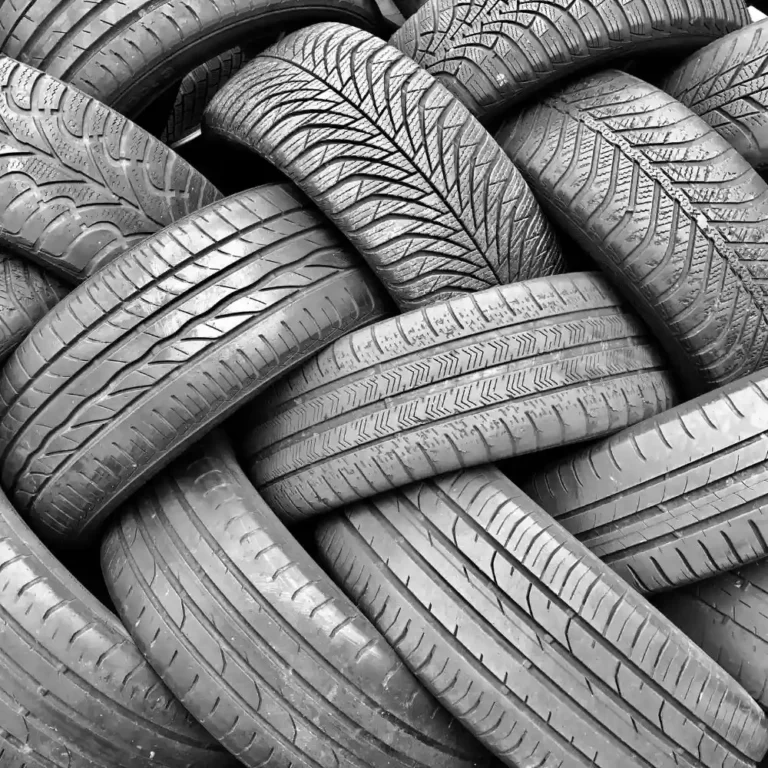

It is used as an inert filler in rubber products. The use of Mica helps to increase the hardness, tensile strength, and tear resistance of rubber products. It improves the resilience and appearance of rubber articles. When used as a lubricant, mica particles form a continuous uniform film which effectively prevents undesirable adhesion of the rubber compounds to itself or the molding surface as a rubber compounding agent. Mica prevents massing and reduces gas penetration.
It is used as a base in the molding and tumbling of latex, synthetic foam, and hose pipes. The use of Mica in the said applications is to eliminate the tendency to shrink. At the same time, it helps to improve resistance in the sponge rubber goods. Mica’s use permits the rubber’s expansion in the mold during blowing without sticking.
It is further used as a high-temperature lubricant and flame-proof insulation for manufacturing and coating PVC flexible insulating wires and cables. It is suitable for natural and specially colored rubber articles, such as bathing caps, costumes, toys, balloons, etc. The mica particles provide an attractive glossy finish and a bright and sparkling appearance to rubber articles.
Mica for Resin


Epoxy Mica Flakes make resinous surfaces glittery with natural crystal beauty. These different metallic flakes are derived from a group of sheet silicate minerals known as Mica. With a technical process, the distinctive hexagonal atom arrangement of the mica minerals is separated into sheet-like pieces and broken down into standardized flake sizes. XPS Epoxy Mica Flakes are unique and provide a natural metallic effect to resinous coating systems, which cannot be achieved with other engineered materials. From airports and casinos to salons and retail stores, the natural metallic luster of the Mica Flakes provides complete customization to the appearance and texture qualities of high-performance resin-based flooring systems.
Features & Benefits:
• Color-fast, UV stable
• Unique natural metallic luster
• Custom blending services
• Two standard sizing options
• Lab-tested resin compatibility
• Custom blend matching expertise
• Chemical and abrasion ergonomics
• Slip-resistant texturing
• Suitable in many environments
Biotite Mica


Biotite is a phyllosilicate mineral within the mica group. The high content of iron ions gives it a dark hue. It is sometimes called “iron mica” because it is more iron-rich than phlogopite. It is also sometimes called “black mica” as opposed to “white mica” (muscovite) – both form in some rocks and, in some instances, side-by-side.
Applications of biotite:
• As an insulating material in the electronics industry,
• in addition to plasters and paints
• after pulverization, used as a non-stick surface coating on asphalt shingles and rolled roofing
• for decorating products
• for collection purposes
Mica in Beauty Industry


Mica gives makeup sparkle and shine. Those little specks of glitter you see in eyeshadows? That’s Mica. It has different properties depending on how it’s processed and what rock it comes from. A few examples:
• Adding iron dioxide to Mica creates earthy and golden shades
• Covering mica in titanium dioxide allows Mica to reflect all the colors of the rainbow
• Sprinkle barium chloride on Mica, and you remove some of the shine
• Different sizes emit different colors, from red to blue and green
• Smaller sizes of Mica give you a sheen finish while larger particles provide a glittery effect
All this sparkle and shine isn’t just pretty. It also adds depth to the face and makes a person look more alive.
The most significant benefit of Mica is its ability to create a natural shimmery finish since it can be ground to a fine powder. Because it is naturally produced, it is a particularly well-loved ingredient among organic and natural beauty brands. It is safe for almost all skin types with little to no side effects.
Although many minerals are used as pigments in cosmetics, Mica’s sheer, translucent and skin-hugging properties make it a popular ingredient in mineral powders. Mica powder reflects light from the face because of its glittering or shimmering properties and can create the illusion of a smoother, softer, and more radiant skin tone. It is also seen in various cosmetics (nail polishes, foundations, etc.) as an iridescent, reflective ingredient.
Mica is safe to use in coloring products, including cosmetics and personal care products applied to the lips and the eye area. FDA also includes aluminum and potassium silicate (Mica) on the list of indirect food additives and permits its use as a colorant for polymers with incidental contact with food.
Muscovite Mica


Muscovite is the most common mineral in the mica family. It is an essential rock-forming mineral in igneous, metamorphic, and sedimentary rocks. Muscovite sheets have a pearly to vitreous luster on their floor. They’re apparent and almost colorless if they’re held up to the light. However, maximum has a mild brown, yellow, inexperienced, or rose-color tint.
Why buy Stark's Mica?


👷🏻 Responsible Mica Initiative
Specific Skilled labour are hired to extract and process mica mineral from mining units.
☘️ Environment Friendly Mining
Engineer Develops mining plan which takes care of nature and uses less energy to mine and process mica mineral.
🚚 Shop Multiple Mica Products
Our Shopping portal has various minerals available to purchase online. Click shop now button to view all our products.
